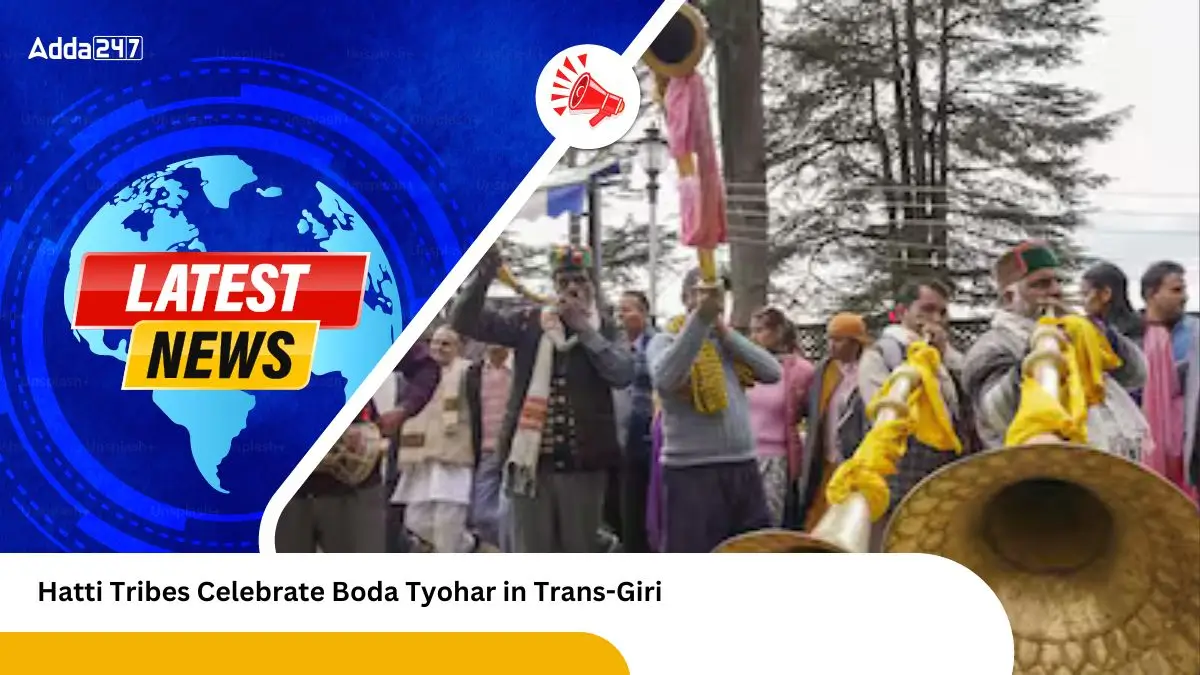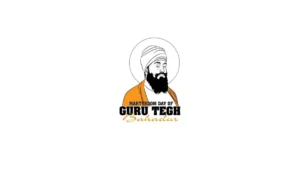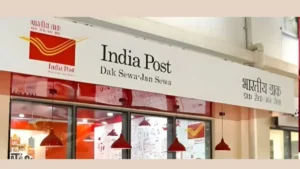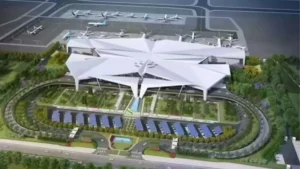The Boda Tyohar festival, also known as Magho ko Tyohar, is the largest annual celebration for the Hatti tribes of Himachal Pradesh’s Trans-Giri region. Celebrated by over three lakh members of the Hatti community, this month-long festival marks the end of the ‘Magha’ month and is characterized by unique cultural practices, rituals, and a strong sense of community unity. With a deep-rooted tradition, Boda Tyohar holds immense cultural significance and is a vibrant showcase of Hatti customs and beliefs.
Key Points of the Boda Tyohar Festival
Festival Duration
- The festival lasts for a month, beginning on Posh Dwadashi and concluding at the end of the ‘Magha’ month.
- It is celebrated by the Hatti tribes residing in the Trans-Giri region.
Distinct Phases of the Festival
Bodhto (First Day)
- The community prepares traditional dishes such as Pude, Bedoli, Patanday, Dhroti, and Gudoli.
- These dishes are offered to deities as part of the sacred rituals.
Bhatioj (Second Day)
- The festivities begin at the communal courtyard known as ‘Sanjha Angan’, traditionally owned by the village head (‘Siyana’).
- Temples of ‘Kul Devtas’ like Shirgul Maharaj, Bijat Maharaj, Mahasu Maharaj, and Thari Devi are visited.
- Villagers gather for a communal meal and engage in singing and dancing into the early hours.
- Women play a central role in the cultural activities, symbolizing their importance in Hatti society.
Saje Ka Duna
- The next day, men visit their married sisters with gifts of meat, jaggery, and wheat flour.
- Married women participate in the community’s festivities, joining the Geet, a musical celebration with newly composed songs by Hatti composers.
Khoda Festival (Eighth Day)
- The Khoda festival marks a high point of the celebrations, where a grand feast is hosted for friends and family.
- The Boidoot celebrations follow, continuing until the conclusion of the Magha month.
Communal Dining
- A central tradition during Boda Tyohar is communal dining, where every household invites relatives and other family members for a shared meal at least once during the month.
- This practice fosters unity and reinforces the bond within the Hatti community.
Cultural Importance
- The festival is a reflection of the Hatti community’s deep-rooted customs, with special emphasis on communal participation, ritualistic worship, music, dance, and feasting.
- It promotes cultural continuity while strengthening the social fabric of the Hatti people.
| Summary/Static | Details |
| Why in the news? | Hatti Tribes Celebrate Boda Tyohar in Trans-Giri |
| Festival Duration | Month-long, from Posh Dwadashi to the end of the ‘Magha’ month |
| Community | Celebrated by the Hatti tribes of the Trans-Giri region, Himachal Pradesh |
| Key Phases | 1. Bodhto – Preparation of traditional dishes, offerings to deities 2. Bhatioj – Communal meal, singing, and dancing at Sanjha Angan 3. Saje ka Duna – Men visit married sisters with gifts, women join Geet 4. Khoda Festival – Grand feast, followed by Boidoot celebrations 5. Communal Dining – Households invite family and relatives for a shared meal |
| Cultural Significance | Emphasizes community unity, worship, music, dance, feasting, and family bonds |
| Highlight | Women’s central role in festivities, symbolized through music and dance |



 Haryana Assembly Passes Resolution to Co...
Haryana Assembly Passes Resolution to Co...
 Jammu & Kashmir Gets Its First Gen Z...
Jammu & Kashmir Gets Its First Gen Z...
 PM Modi To Inaugurates New Terminal at G...
PM Modi To Inaugurates New Terminal at G...







